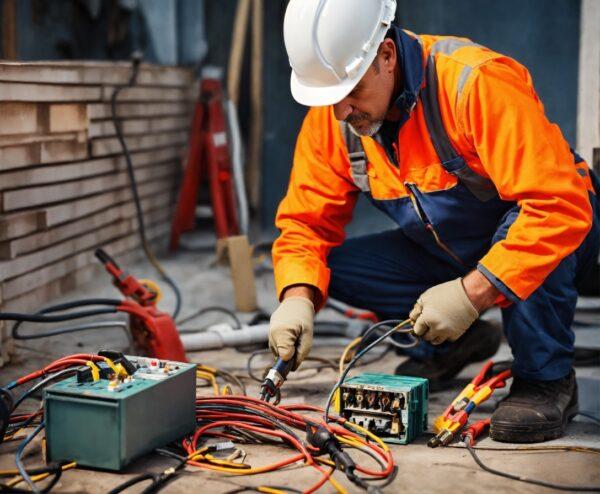Translating documents about electrical installations is no walk in the park—especially when you’re dealing with super technical stuff packed with specific details. It’s not just about swapping words from one language to another; you’ve got to make sure the meaning, the technical terms, and even the legal or regulatory bits are spot-on. One slip-up can lead to serious problems, especially in the electrical world where safety is everything.
One of the toughest parts? The technical jargon. Terms used in electrical projects can vary a lot depending on the country—even if they speak the same language. Like, something called an “electrical panel” in one place might have a totally different name somewhere else, or it might mean something slightly different. Translators need to really know their stuff, ideally with hands-on experience or at least some solid technical training under their belt.
Then there’s the whole issue of codes and regulations. Every country has its own set of rules when it comes to wiring, materials, safety standards, certifications—you name it. So when you’re translating these documents, it’s not just about staying true to the original, but sometimes also about adjusting things so they line up with local rules.
Let’s not forget about schematics and diagrams. Manuals and plans for electrical setups often come with charts, tables, and visual layouts. Translating these isn’t just about the words—you’ve also got to use the right software to make sure the format and visuals don’t get messed up.
And accuracy? That’s non-negotiable. Every number, every measurement, every abbreviation has to be double-checked. A tiny mistake, like flipping a voltage number, could ruin the whole project—or worse, put people’s safety at risk.
Bottom line: translating technical stuff in the electrical field takes more than just knowing the language. You’ve got to understand the industry, be super detail-oriented, and be ready to adapt to different rules and standards. When a client hands over a project like this, they’re not just asking for a translation—they want peace of mind that everything will be done right.


Leave a Reply